At the center of Moscow is The Kremlin, a village unto itself, with cathedrals, palaces, an enormous concert and congress hall, and of course the seat of presidential power — all surrounded by imposing red-brick walls that extend for 2.5km (1 1/2 miles). On its east side is Red Square, the epicenter of the city and the country. The square abuts a small neighborhood called Kitai-Gorod. This is almost like an annex to the Kremlin, with a dense collection of churches, old merchants’ courtyards, and administrative buildings clustered on quiet streets overlooking the Moscow River. Its name today translates as “Chinatown,” but more likely comes from an old Russian term for battlements because of its proximity to the Kremlin. The area boasts many restaurants but few hotels.
From: travel.nytimes.com/…/moscow/frm_moscow_2448020048.h
Tsar Bell
The history of Russian bell founding goes back to the 10th century, but in the medieval Russian Orthodox Church, bells were not typically rung to indicate church service, but to announce important ceremonies, celebrations, and as an alarm in case of fire or enemy attack. One of the largest of the early bells was the original Tsar Bell, cast in the 15th century. Completed in 1599, it weighed 18,000 kg and required 24 men to ring its clapper. Housed in the original wooden Ivan the Great Bell Tower in the Moscow Kremlin, it crashed to the ground in a fire in the mid-17th century and was broken to pieces.
The second Tsar Bell was cast in 1655, using the remnants of the former bell, but on a much larger scale. This bell weighed 100,000 kg, but was again destroyed by fire in 1701.
After becoming Empress, Anna ordered that the pieces be cast into a new bell with its weight increased by another hundred tons, and dispatched the son of Field Marshal Münnich to solicit technical help from the master craftsmen there. However, a bell of such size was unprecedented, and Münnich was not taken seriously. In 1733, the job was assigned to local foundry masters, Ivan Motorin and his son Mikhail, based on their experience in casting a bronzecannon.
A 10-meter deep pit was dug (near the location of the present bell), with a clay form, and walls reinforced with rammed earth to withstand the pressure of the molten metal. Obtaining the necessary metals proved a challenge, for in addition to the parts of the old bell, an additional 525 kilograms of silver and 72 kilograms of gold were added to the mixture. After months of preparation, casting work commenced at the end of November 1734. The first attempt was not successful, and the project was incomplete when Ivan Motorin died in August, 1735. His son Mikhail carried on the work, and the second attempt at casting succeeded on November 25, 1735. Ornaments were added as the bell was cooling while raised above the casting pit through 1737.
However, before the last ornamentation was completed, a major fire broke out at the Kremlin in May 1737. The fire spread to the temporary wooden support structure for the bell, and fearing damage, guards threw cold water on it, causing eleven cracks, and a huge (11.5 tons) slab to crack off. The fire burned through the wooden supports, and the damaged bell fell back into its casting pit. The Tsar Bell remained in its pit for over a century. Unsuccessful attempts to raise it were made in 1792 and 1819. Napoleon Bonaparte, during his occupation of Moscow in 1812, considered removing it as a trophy to France, but was unable to do so, due to its size and weight.
It was finally successfully raised in the summer of 1836 by the French architect Auguste de Montferrand and placed on a stone pedestal. The broken slab alone is nearly three times larger than the world’s largest bell hung for full circle ringing, the tenor bell at Liverpool Cathedral.
For a time, the bell served as a chapel, with the broken area forming the door

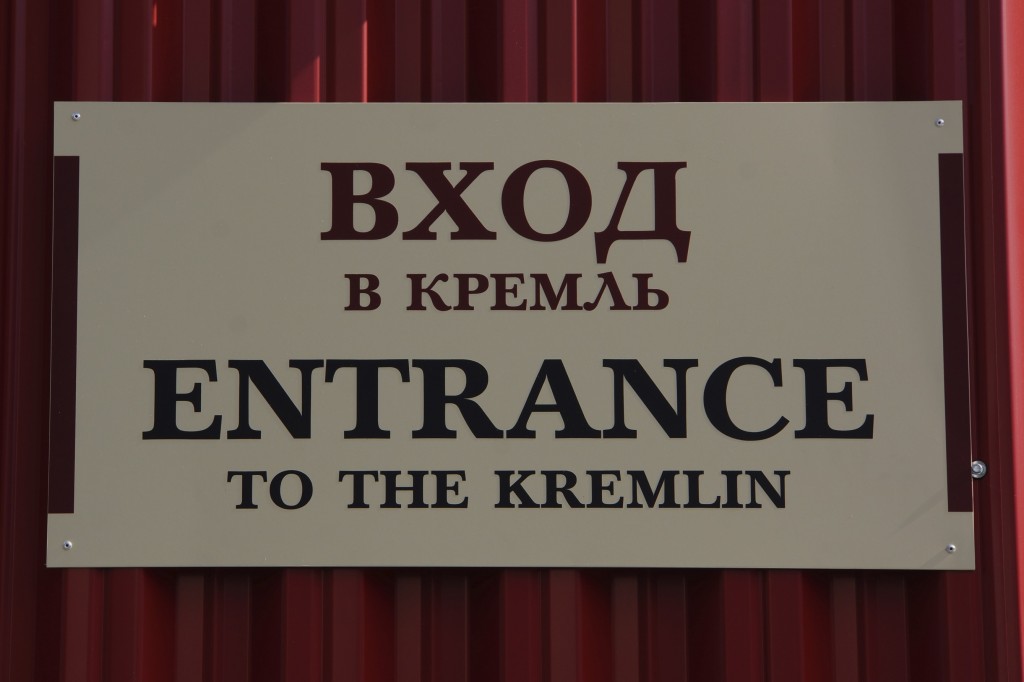
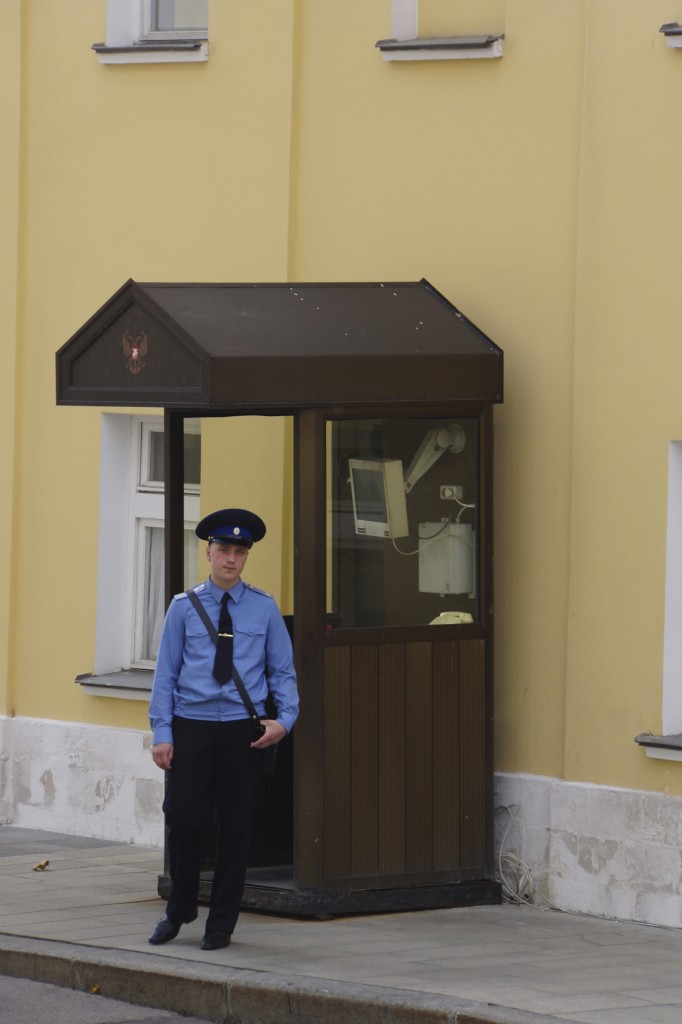
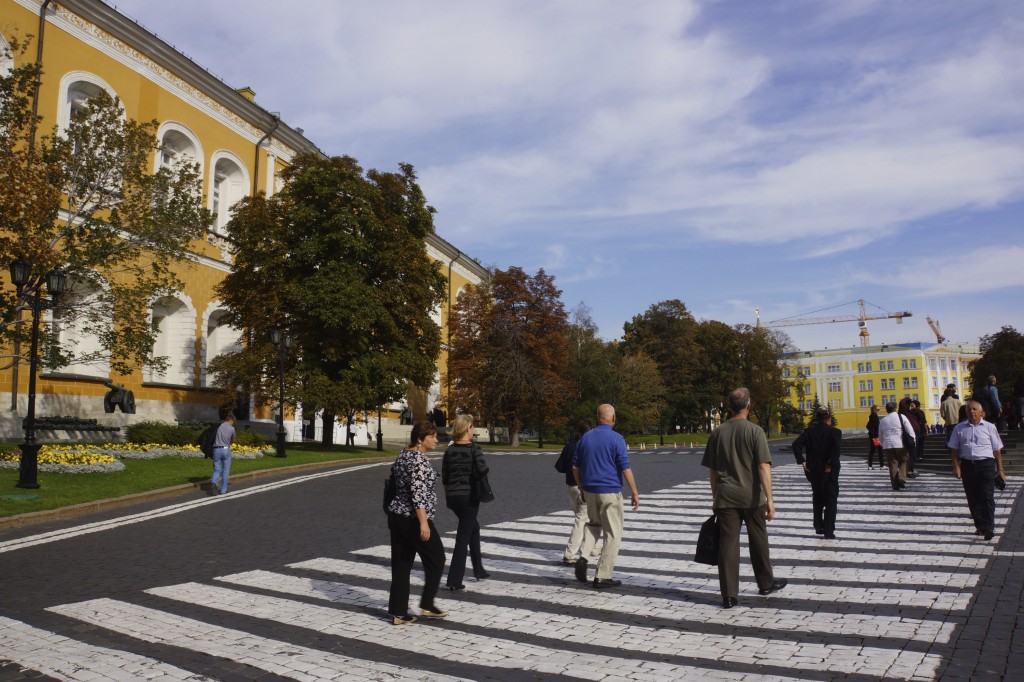

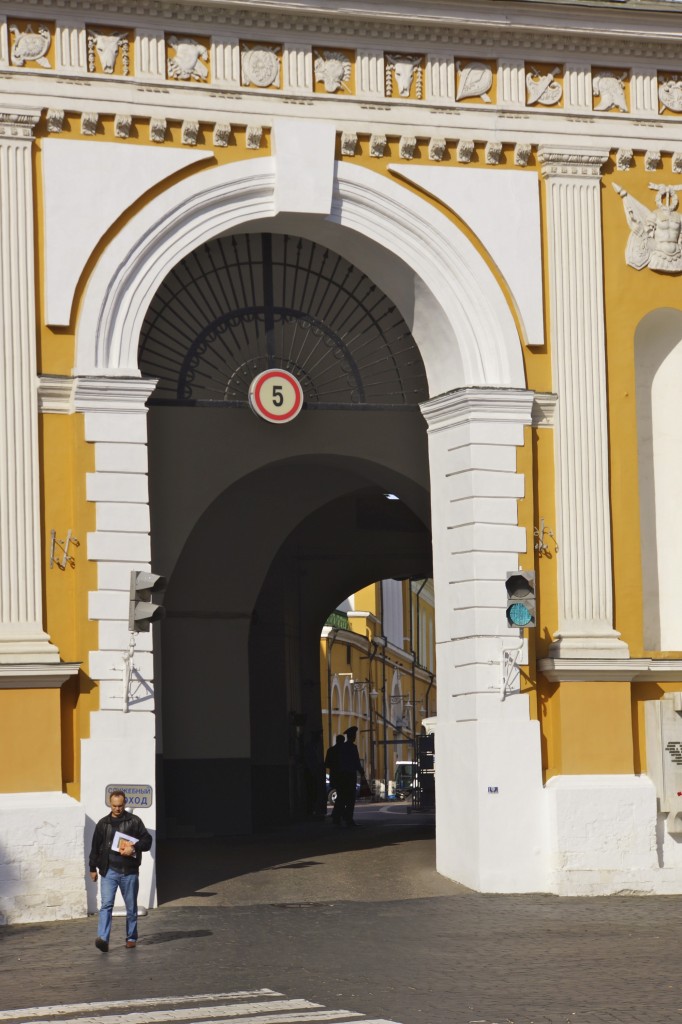
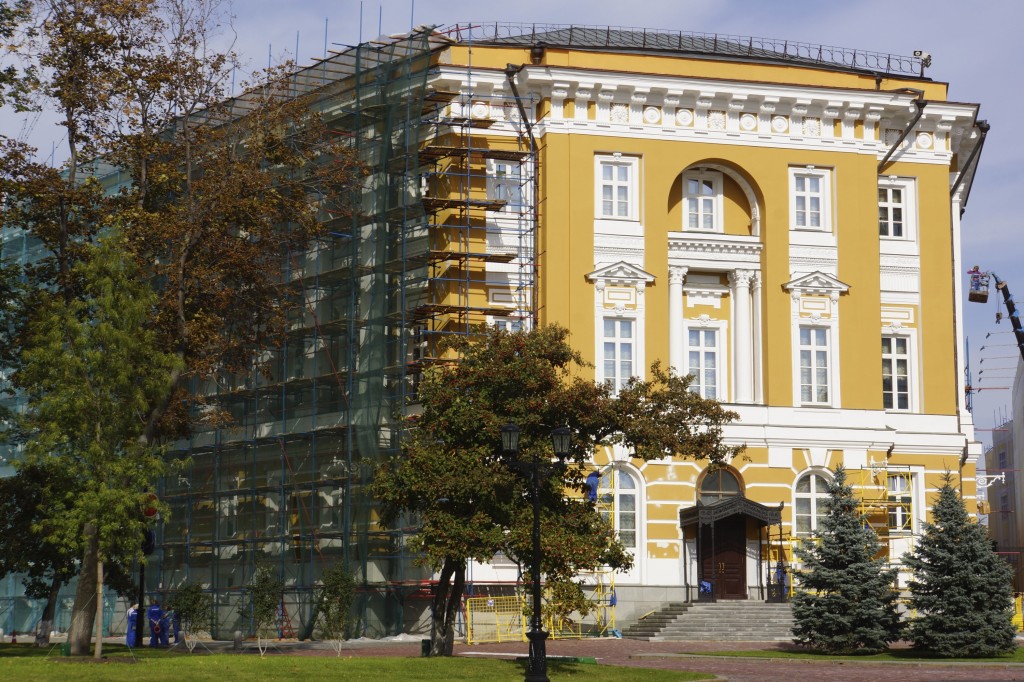
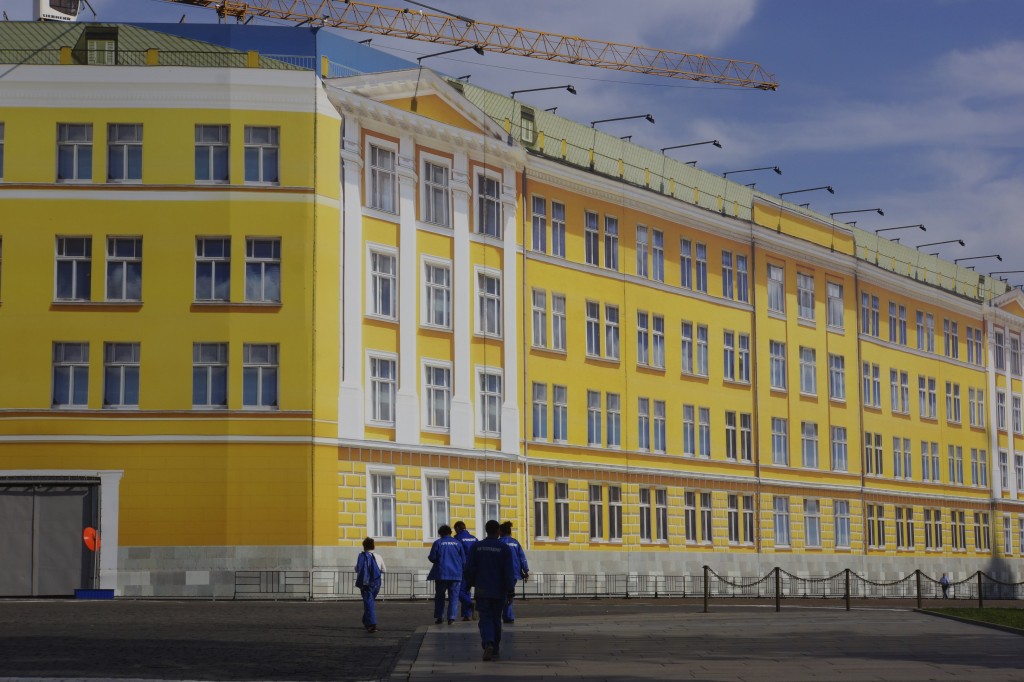
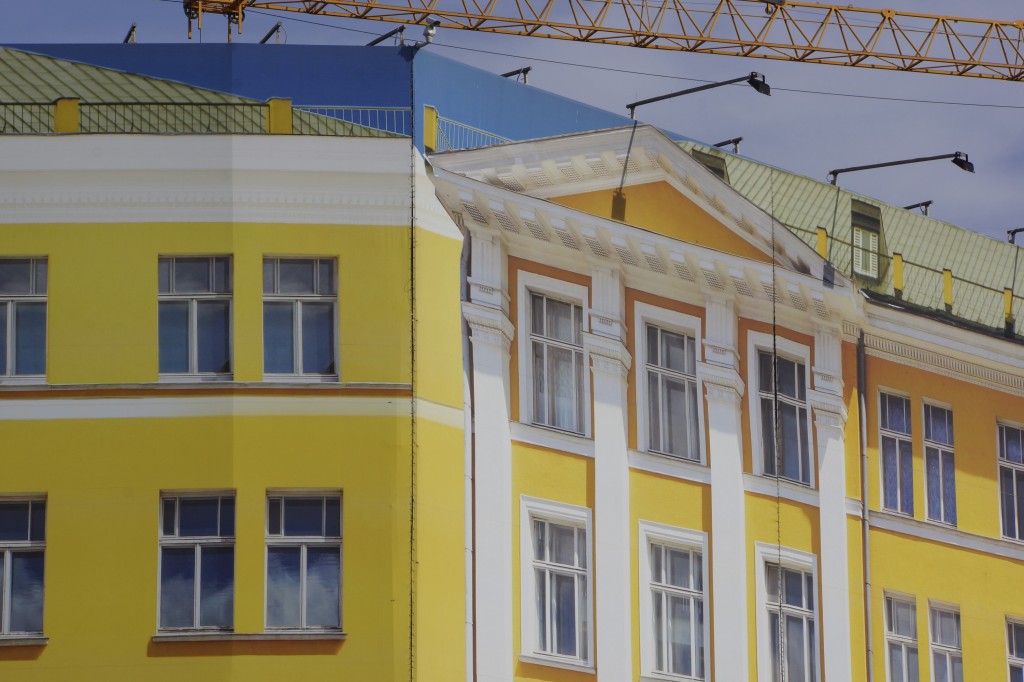
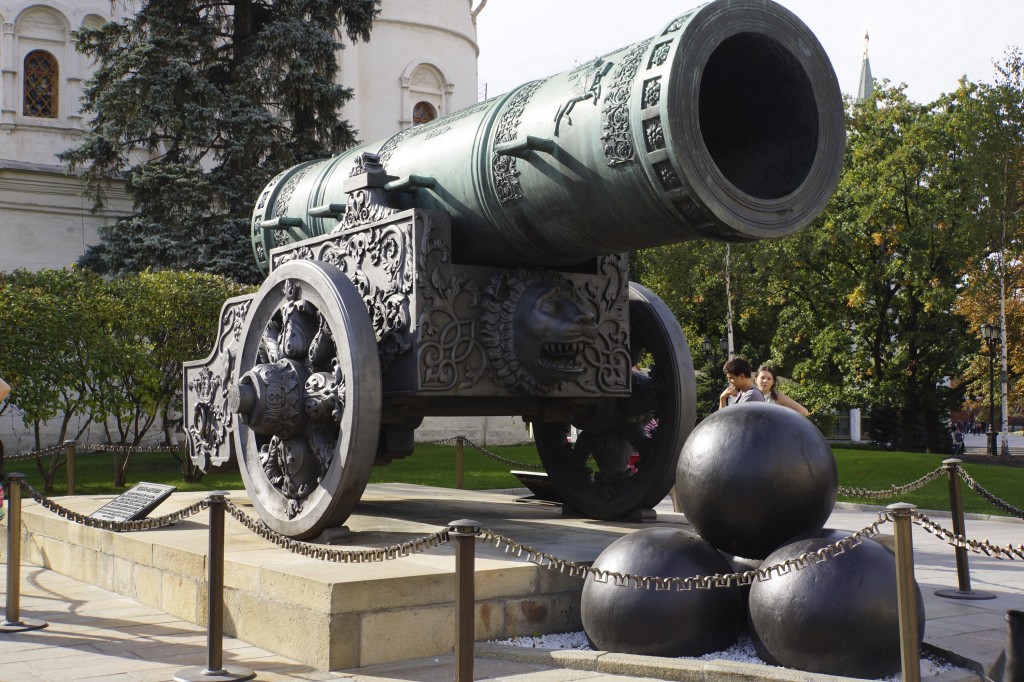
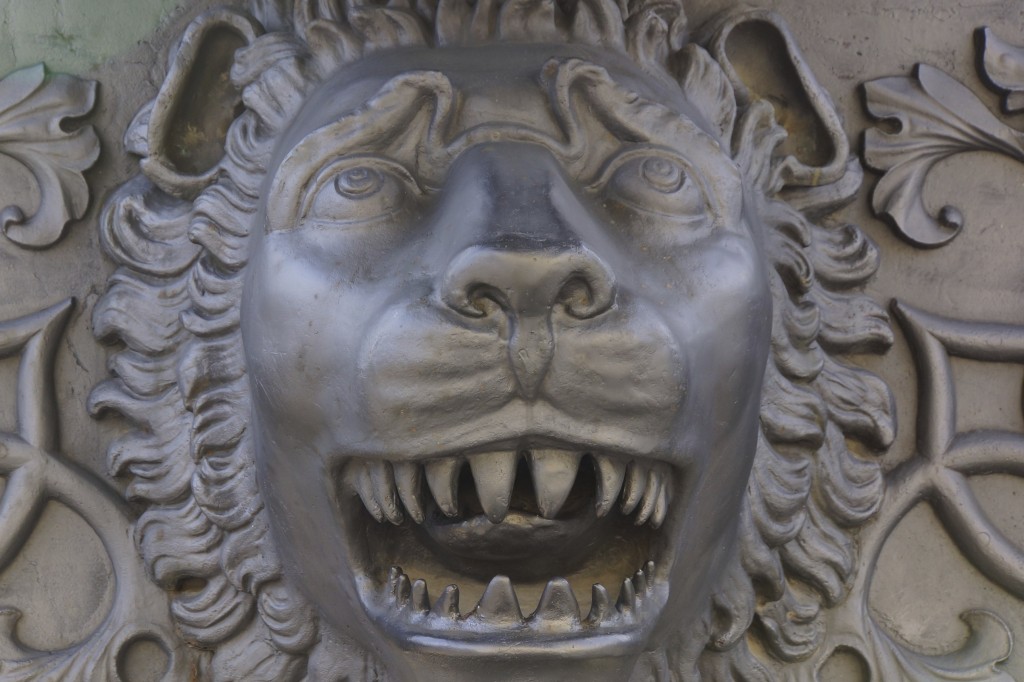
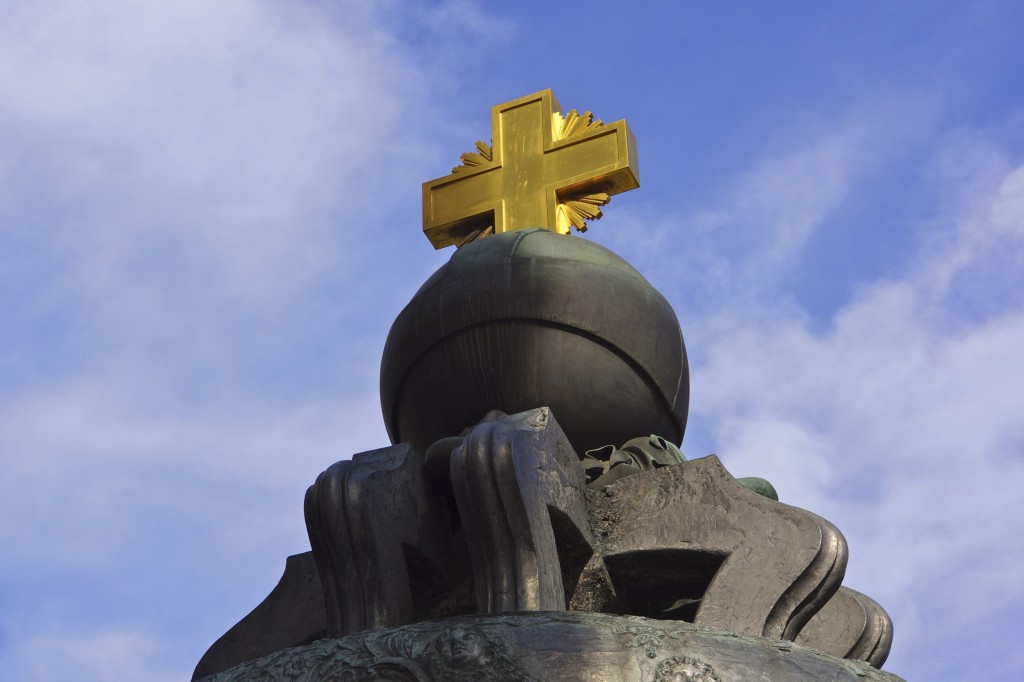
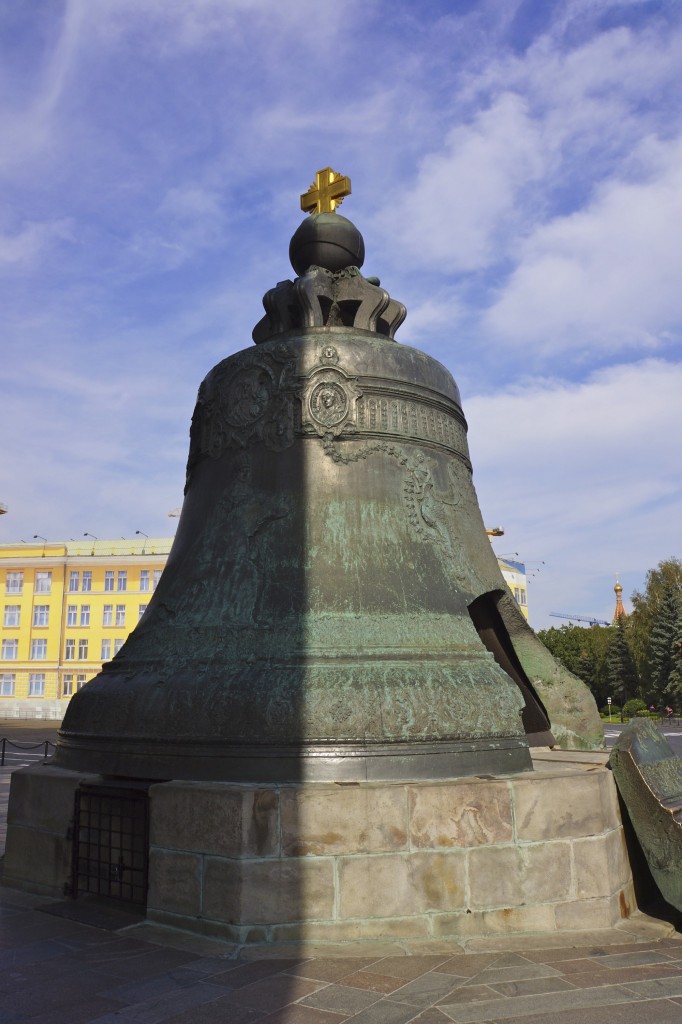
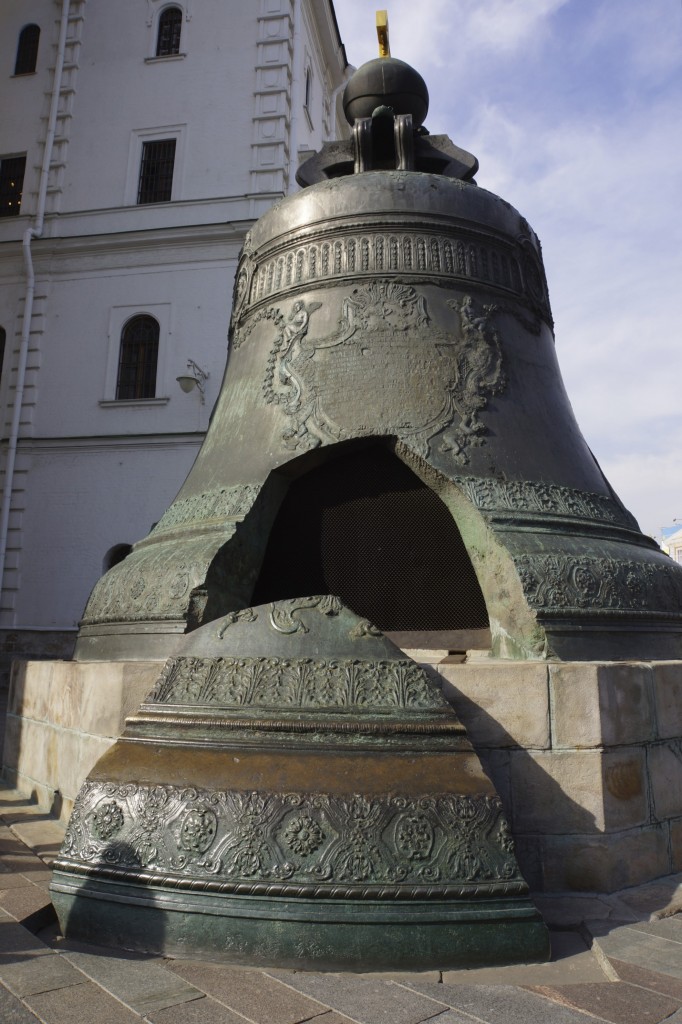
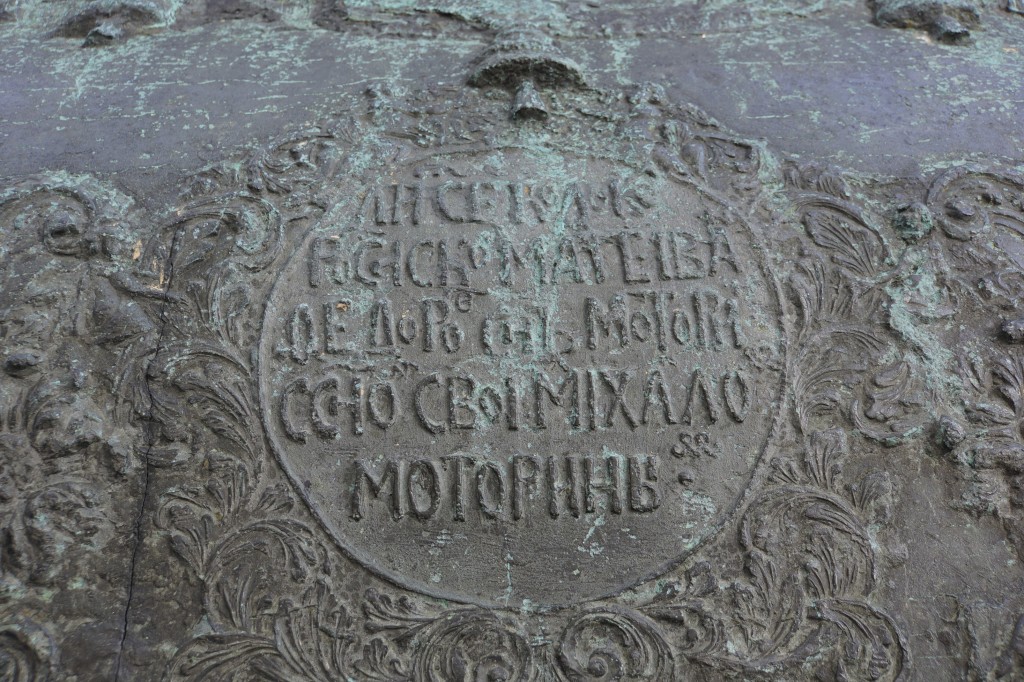
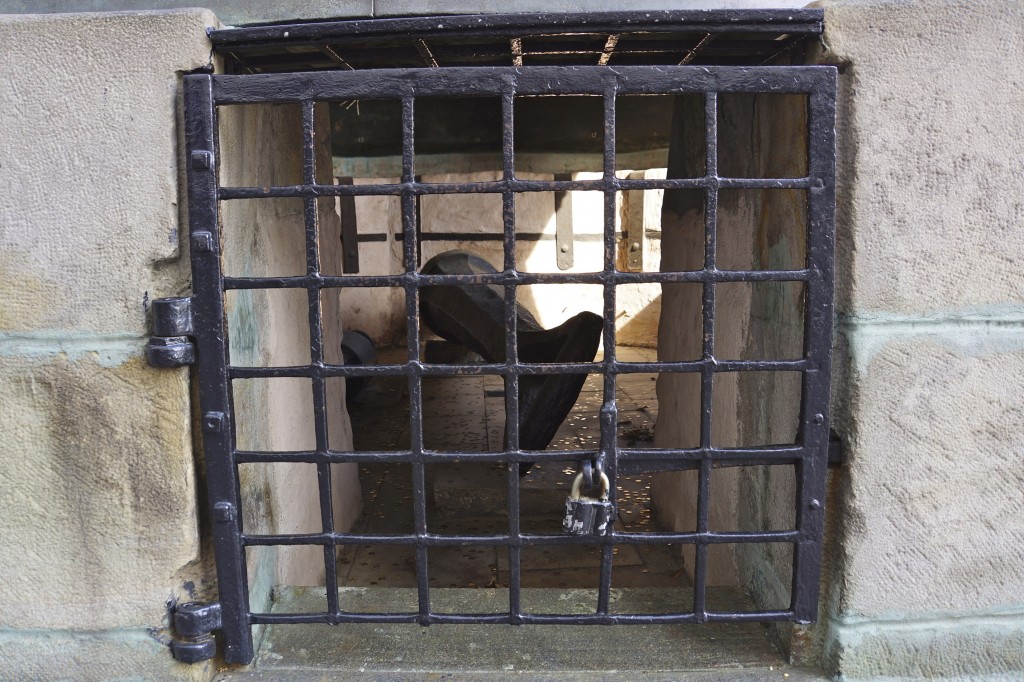

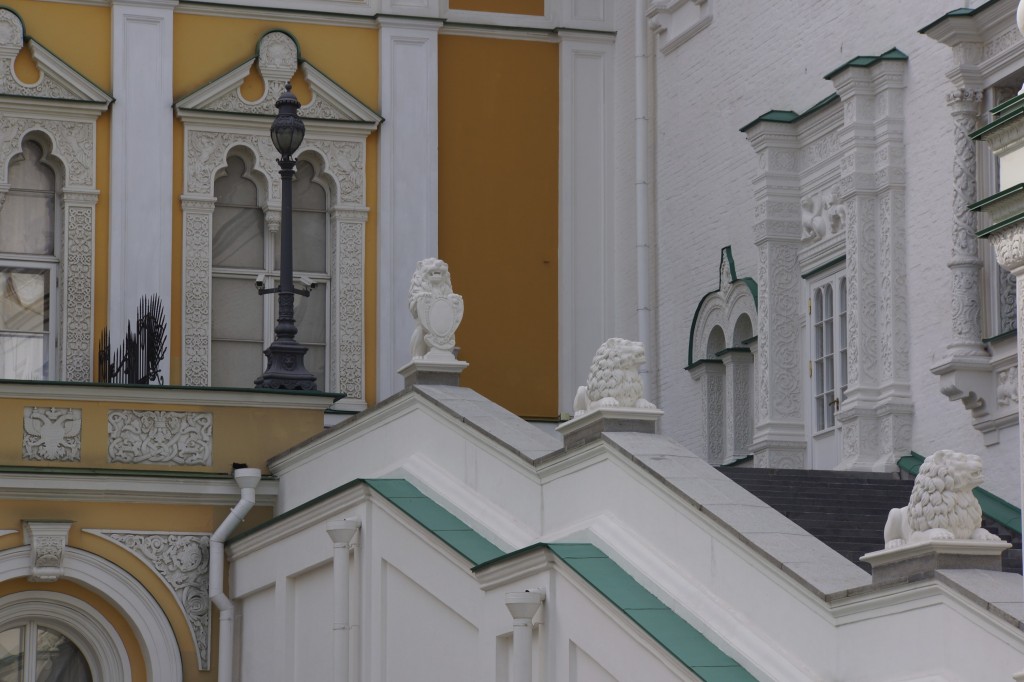
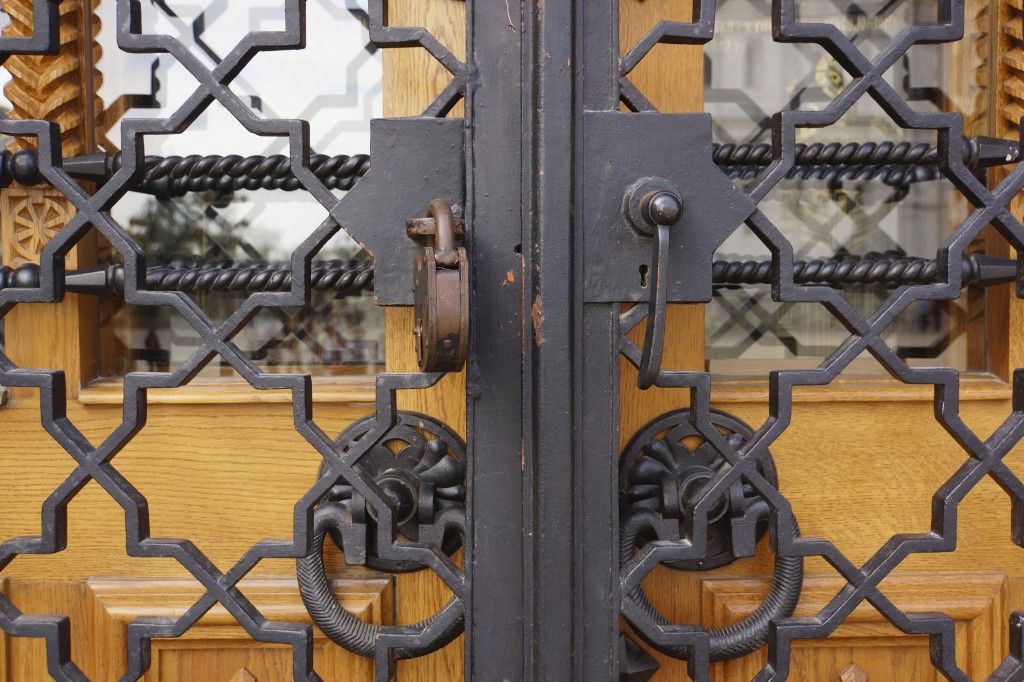
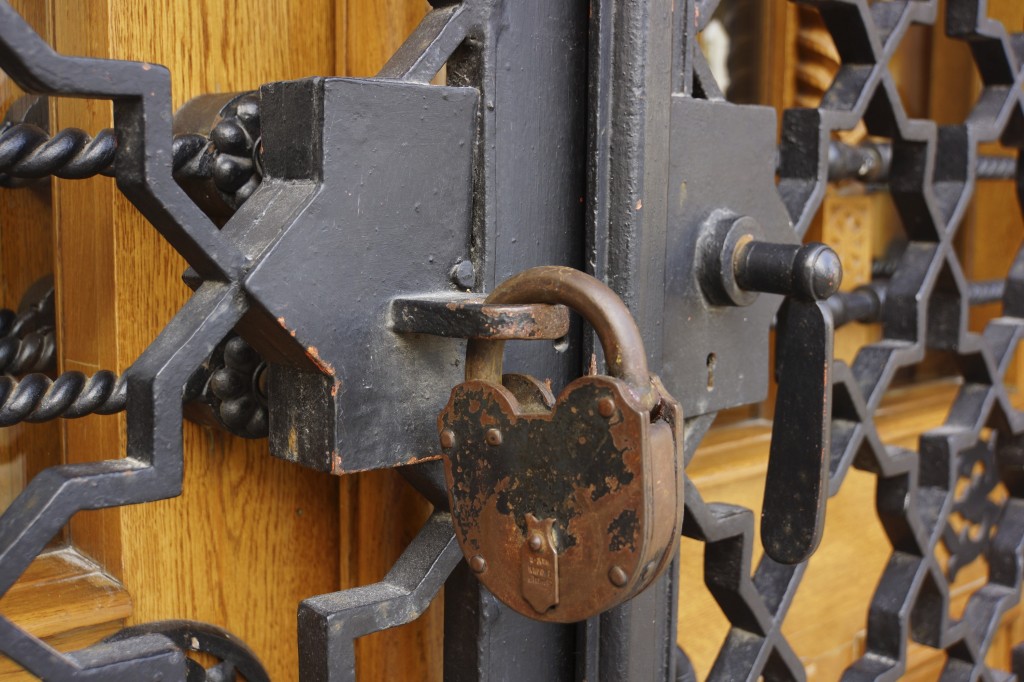
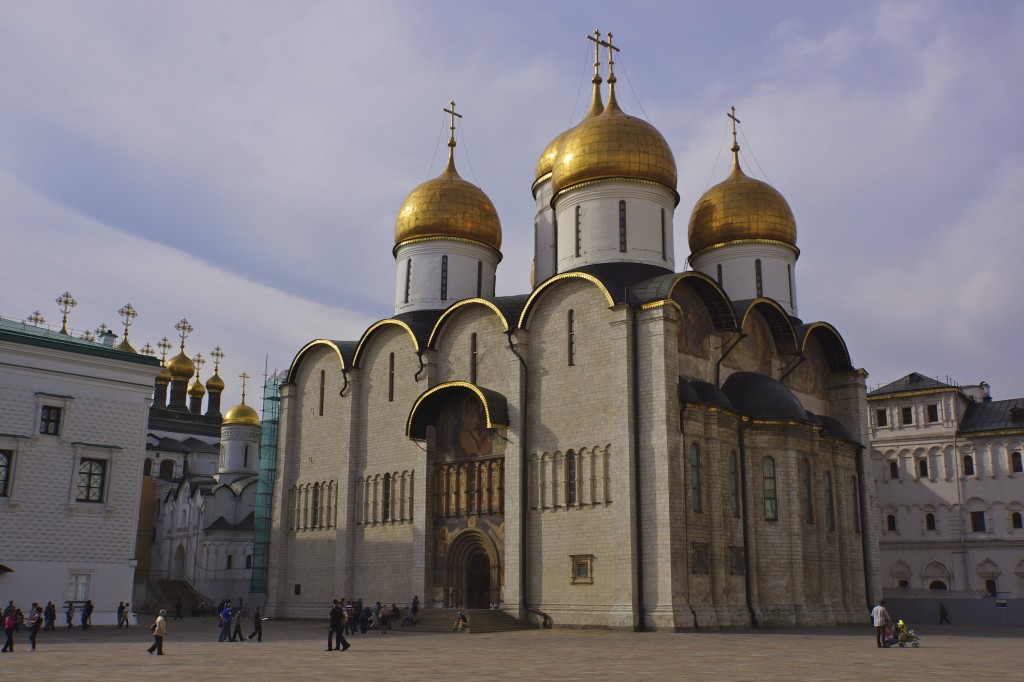
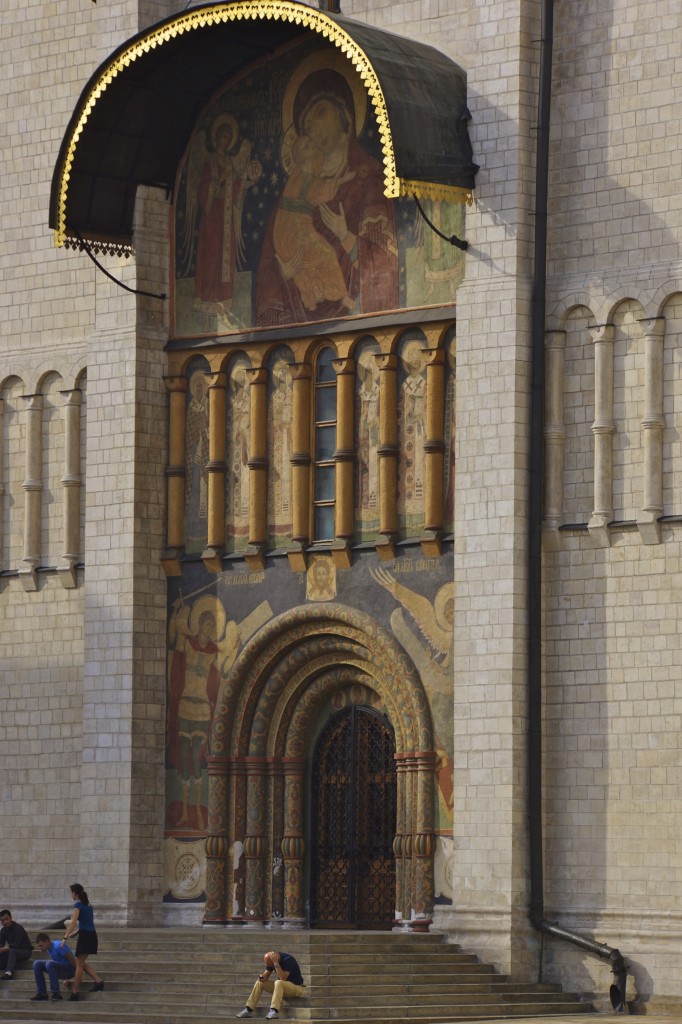

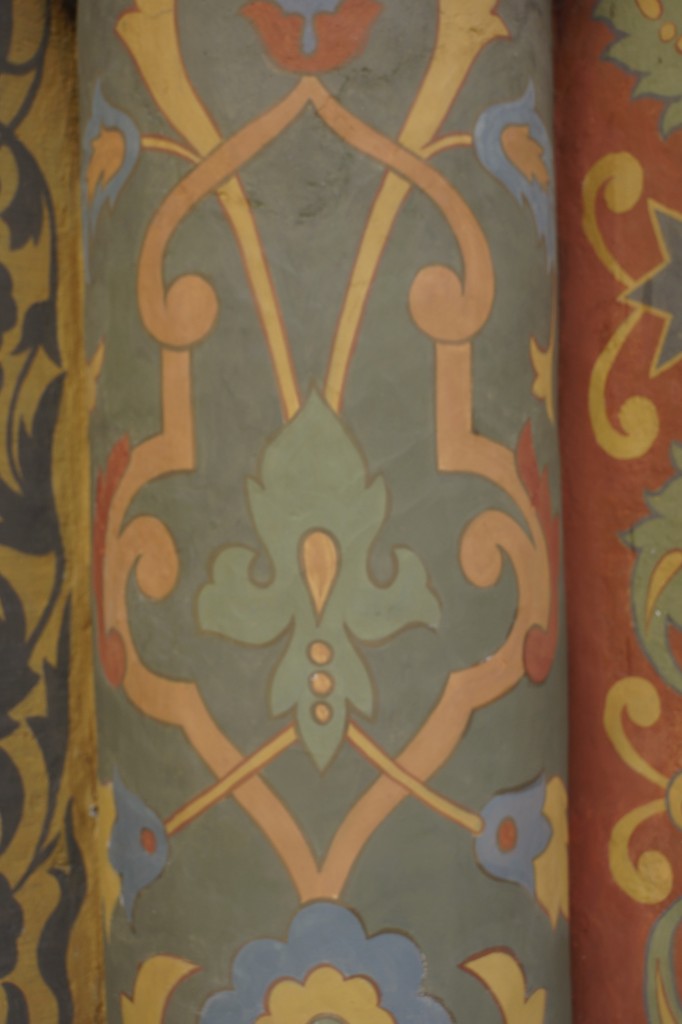
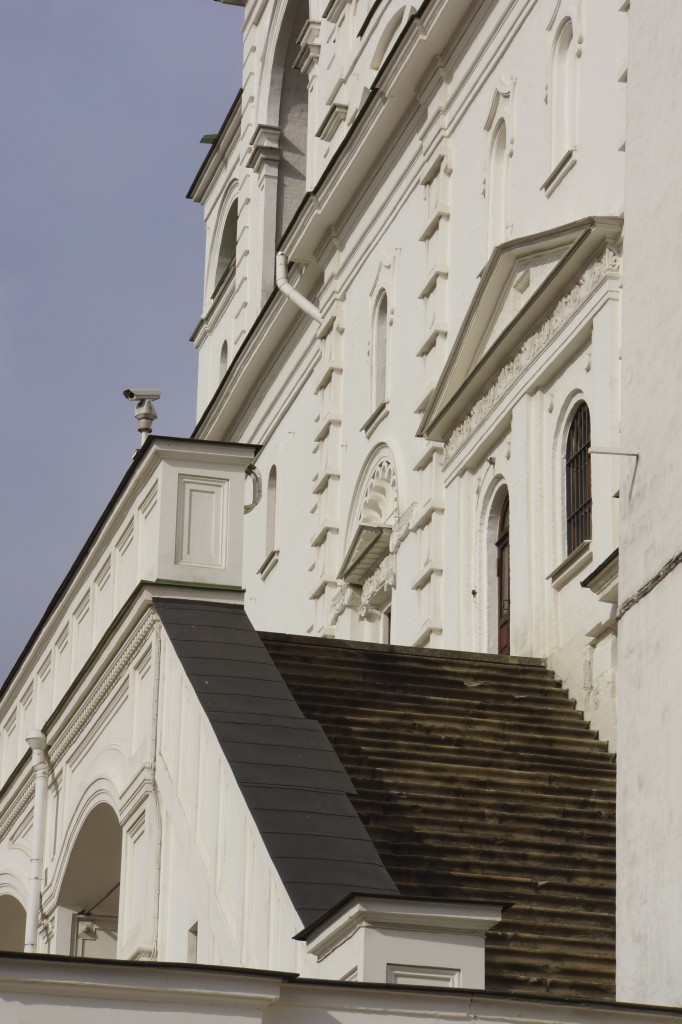

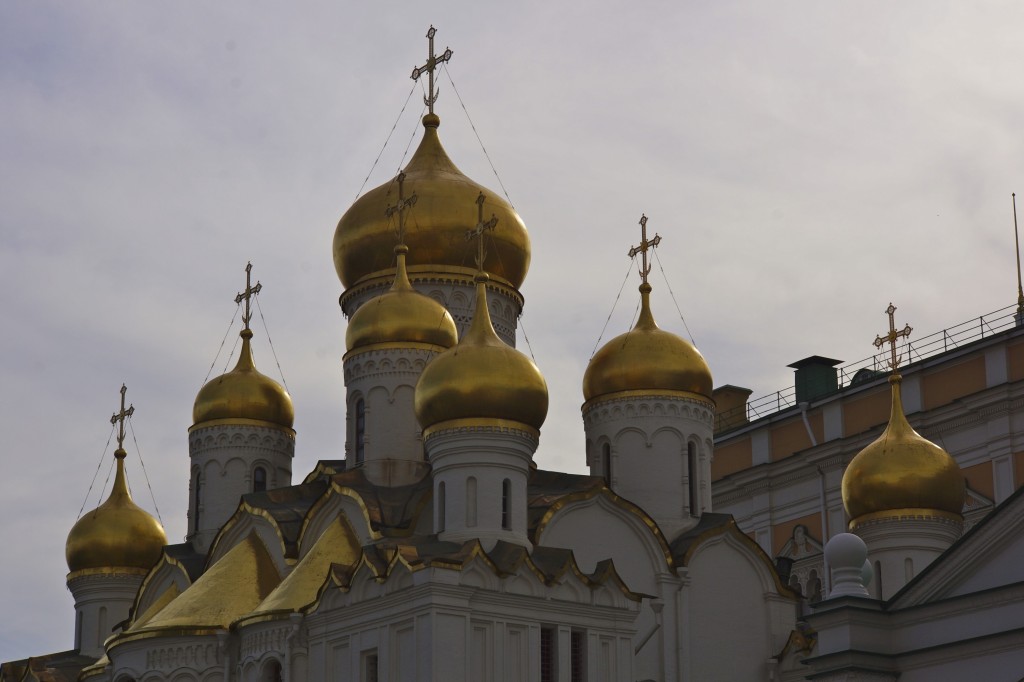
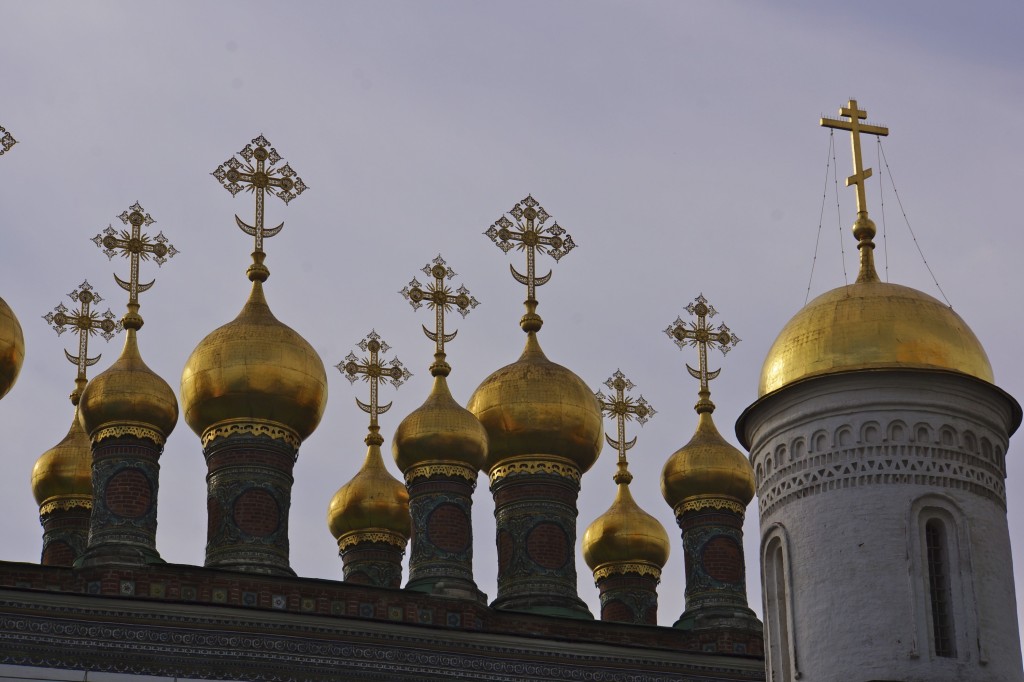
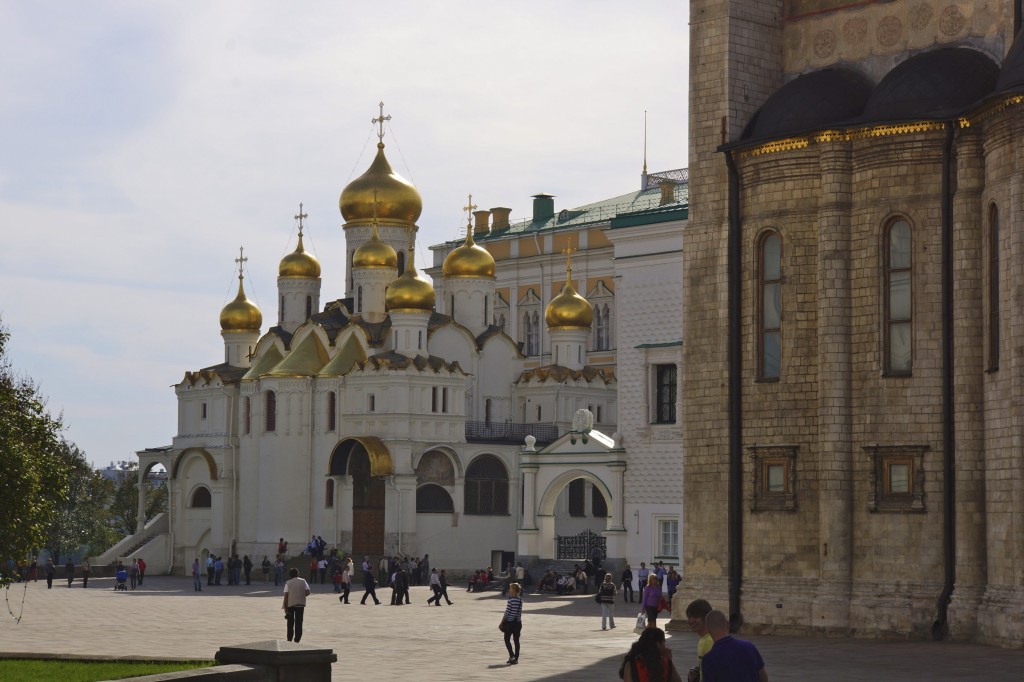
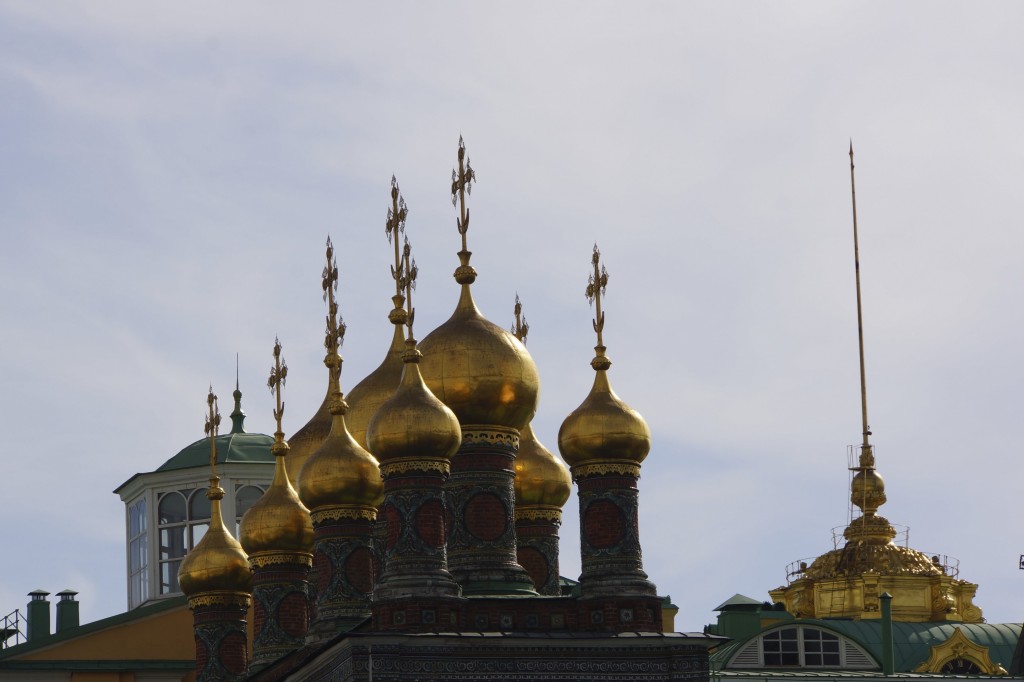
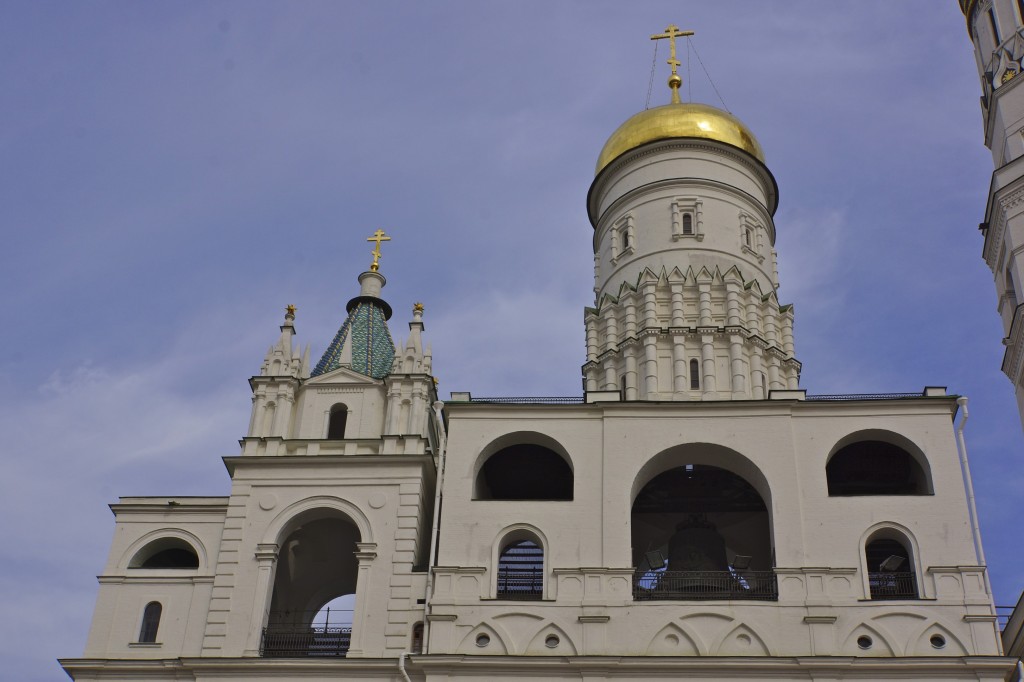
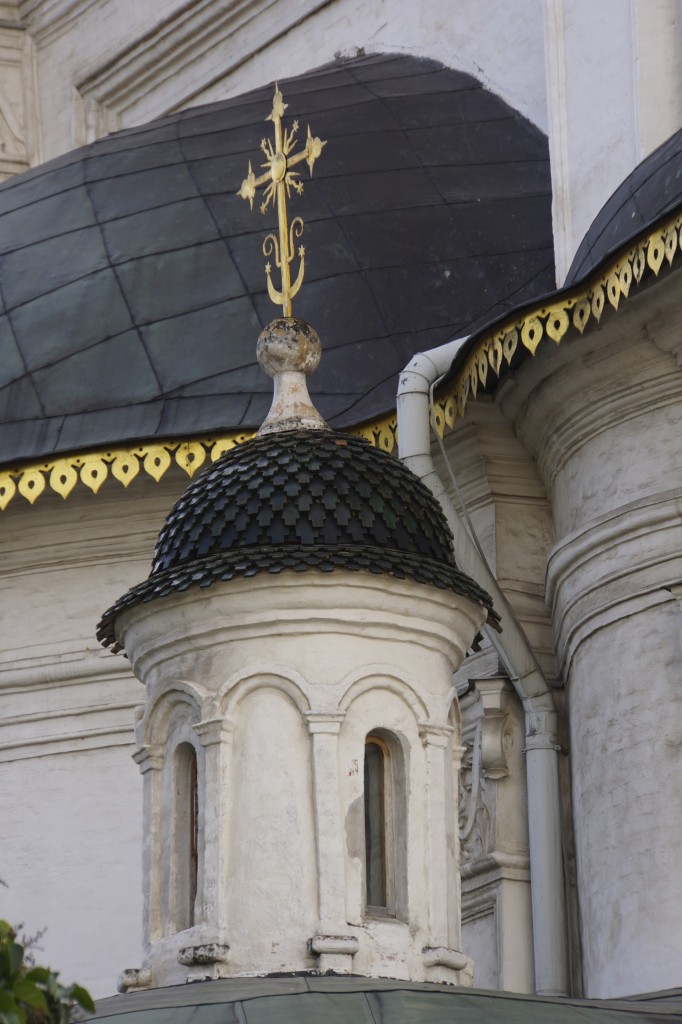
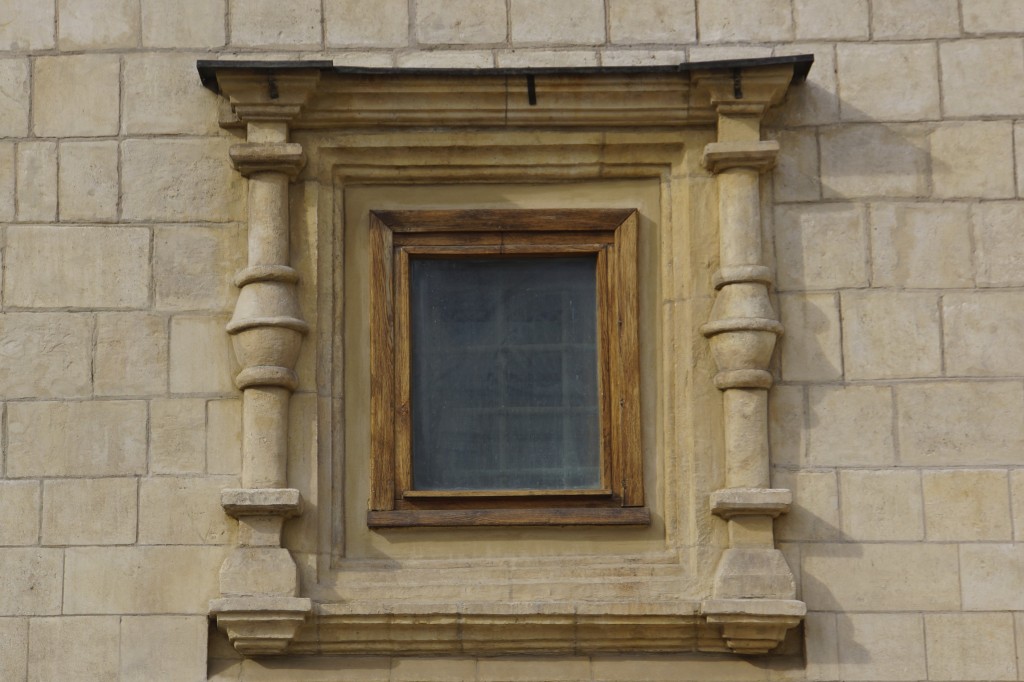
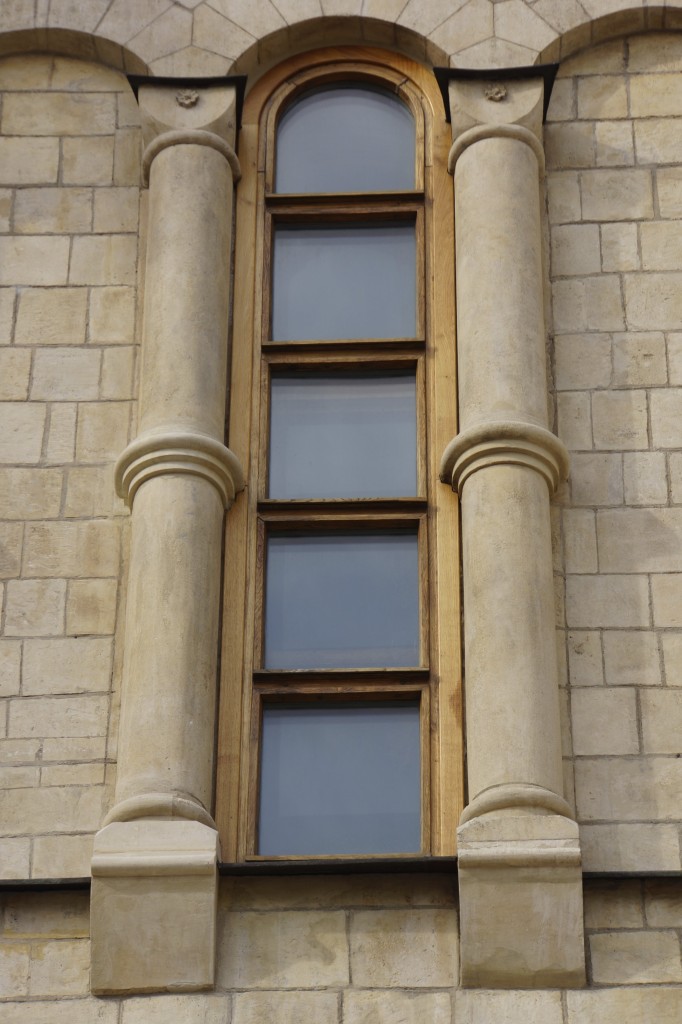
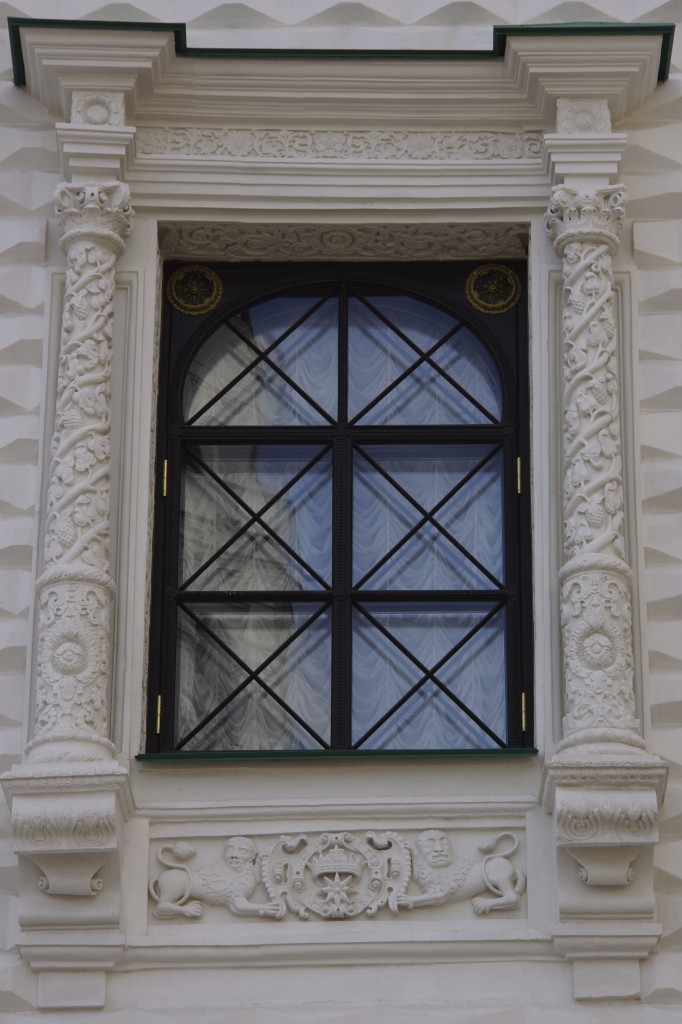
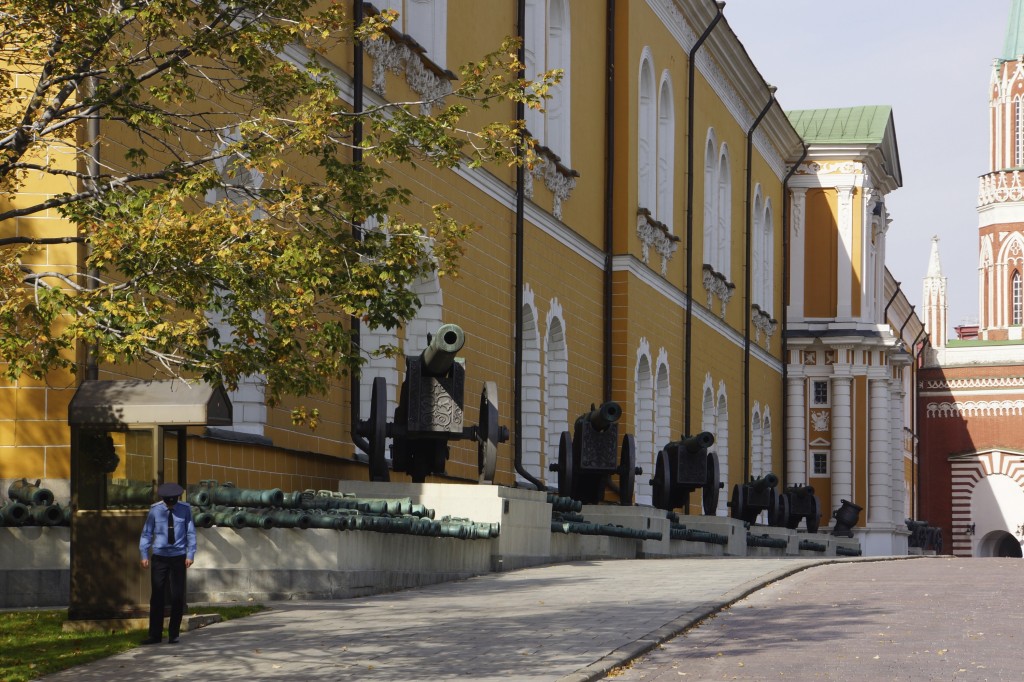
I LOVE the Moscow photo’s. Very beautiful and great eye. Russia is a bucket list vacation for me so this was especially interesting to me. Thank you for this insiders view to their world. Wonderful!
Thank you!